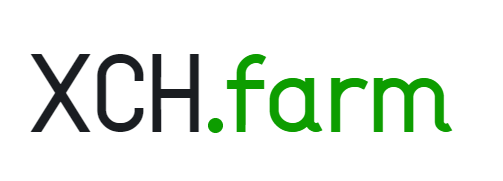Chia GPU Plotting
GPU plotting has become a popular choice for Chia farmers due to its significant speed improvements over traditional CPU plotting. This guide will provide an overview of GPU plotting, the advantages and disadvantages, and tips to help you get started with GPU plotting for Chia farming.
There are currently four options to do GPU plotting: BladeBit CUDA, Gigahorse CUDA, DrPlotter, and NoSSD.
GPU Plotter Comparison (minimum requirements)
| BladeBit CUDA | GigaHorse CUDA | DrPlotter | NoSSD | |
|---|---|---|---|---|
| OS | Windows 11, Linux | Windows, Linux | Linux | Windows, Linux |
| System RAM | 128GB | 8GB | 128GB | 8GB |
| GPU | NVIDIA 8GB+ VRAM CUDA 5.2+ support |
NVIDIA 4GB+ VRAM CUDA 5.2+ support |
NVIDIA 24GB VRAM (3090/4090/A5000) |
NVIDIA 4GB+ VRAM CUDA 5.2+ support |
| Compression sizes | 75.2 - 87.5 GiB | 29.1 - 85.7 GiB | 22.8 - 31.9 GiB | 26.2 - 96.1 GiB |
| Farming support | Chia Official Farmer CPU + GPU farming |
Gigahorse Farmer CPU + GPU farming |
DrSolver GPU farming |
NoSSD Farmer GPU farming |
| Developer fee | 0% | 1.562% (CPU farming) 3.125% (GPU farming) |
0% | 3.5% pool locked fee |
| Open Source | Yes | No | No (will be open source later) | No |
How fast is too fast?
GPU plotting can be so fast that you may be bottlenecked by how fast you can write to your hard drives. It is recommened to write to a fast SSD as buffer and move plots to HDDs in parallel using tools such as Chia Plot Sink or Plow.
Plotting + Farming
When considering VRAM requirements keep in mind that farming compressed plots with a GPU will also require VRAM.
For example, farming Gigahorse C8 compressed plots while plotting C8 plots will take up to 12GB of VRAM. Consider reducing the number of GPU streams when plotting to reduce VRAM requirements.

